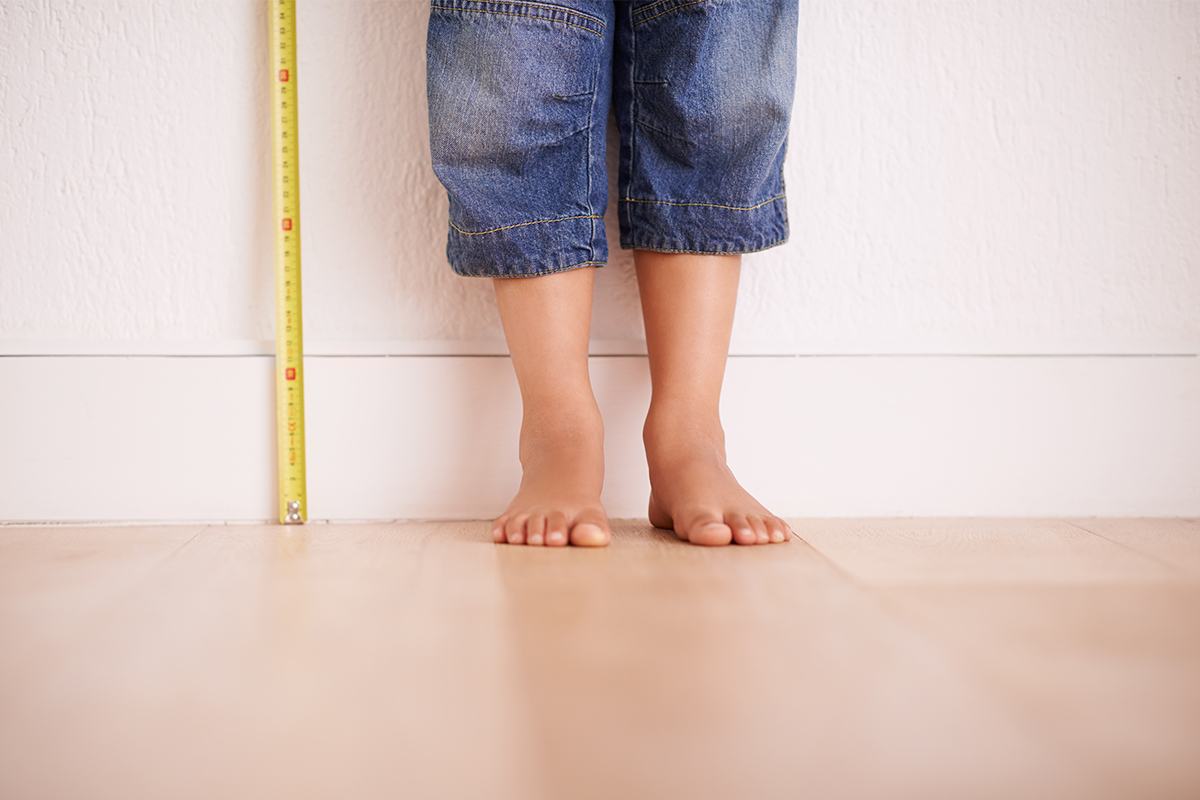According to recent research — including one study from Sweden, and one study from Japan — treating idiopathic short stature in children with recombinant human growth hormone (HGH) could lead to serious repercussions later in life. The Swedish research connected the treatment to a 50-66% increase in the likelihood of suffering from a heart attack or stroke, while the Japanese research linked HGH with atherosclerosis (the build-up of plaque in the arterial walls, which ups the risk of heart disease).
“Idiopathic short stature” refers to unexplained shortness in children. These kids don’t suffer from legitimate growth hormone deficiency, or malnutrition, or some other medical malady. They’re simply in the shortest percentile, relative to their age group; it’s usually for genetic reasons. That could change as they grow up. It’s hard to tell for sure. Since 2003, though, when the FDA approved use of HGH to treat idiopathic short stature, hundreds of thousands of American parents have decided they’d rather not roll the dice.
Injecting your children with growth hormone every day, though, is a far greater health and wellness gamble than working with them on body positivity. According to reporting from The New York Times, growth hormone treatments over the last several decades have resulted in an average of just two added inches per child. Is the equivalent of a heeled boot really worth the increased risk of a potentially fatal cardiovascular event?
It’s understandable that some parents could grow anxious about the heights of their children. Heightism is real and it can hurt; it starts in the classroom or on the playground, but it can continue well into adulthood. Look no further than biases in the workforce or on dating apps. What sort of message does it send a kid, though, if you have to inject him/her for years on end? Remember: that process can leave them with literal scars.
The entire treatment process suggests to children that they are not enough, that their bodies need to be fixed. And the brutal irony is that 50 years down the line, their bodies could actually be in dire need of fixing. The correct play here is to help children feel equipped to take on the world with whatever frame they’ve got. Maybe they’ll shoot up six inches in college. But if they don’t, who cares? Quality of life can come from confidence, of course, but confidence does not have to come from height.
Thanks for reading InsideHook. Sign up for our daily newsletter and be in the know.


















